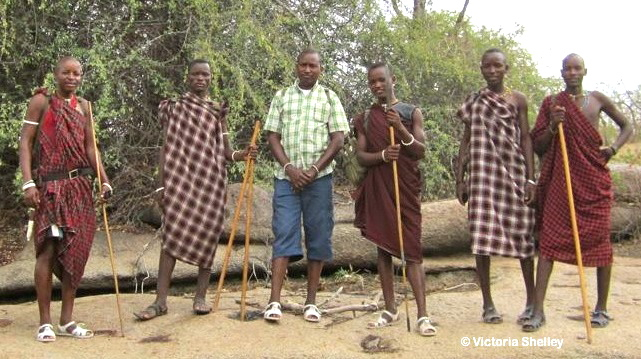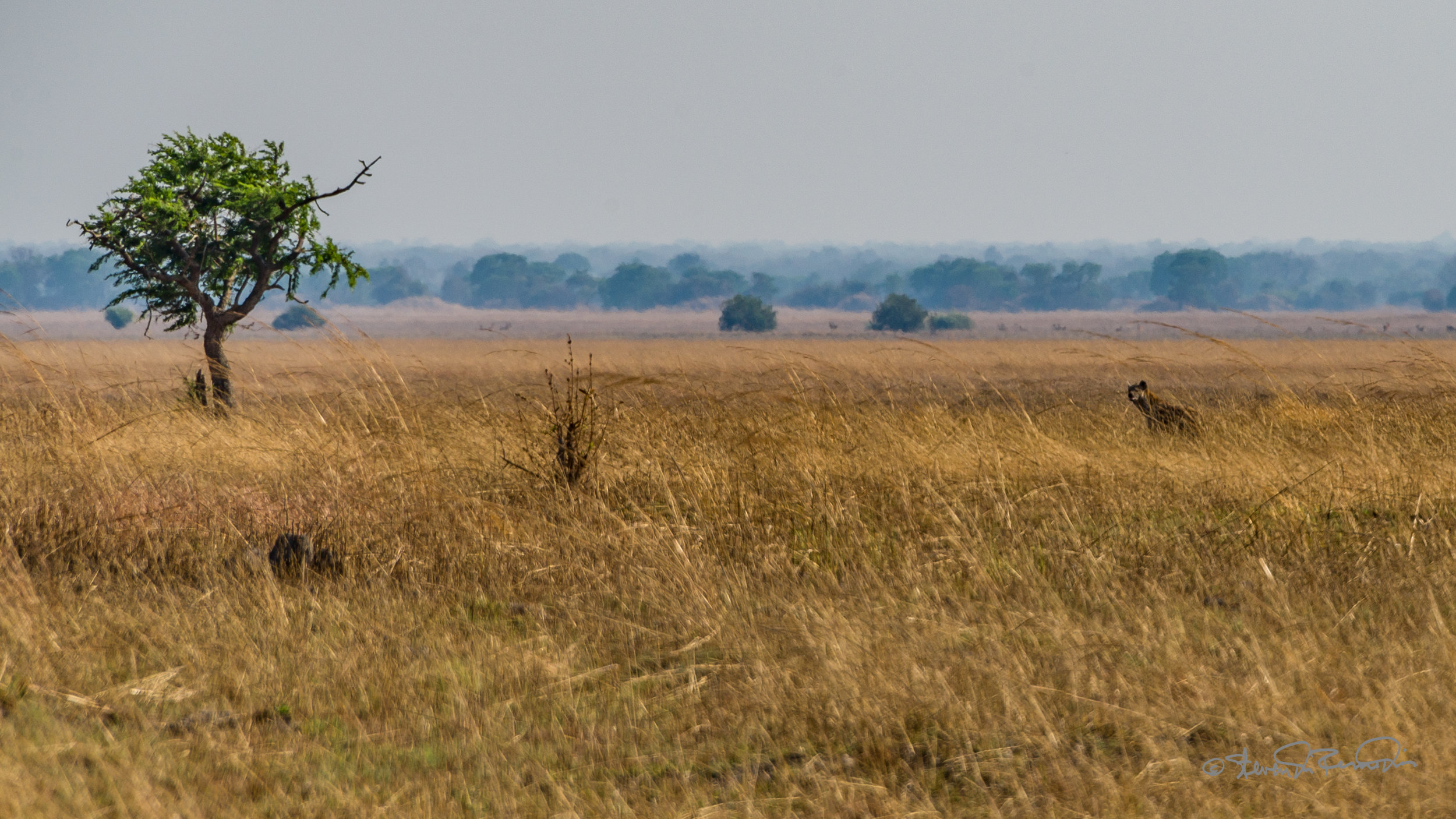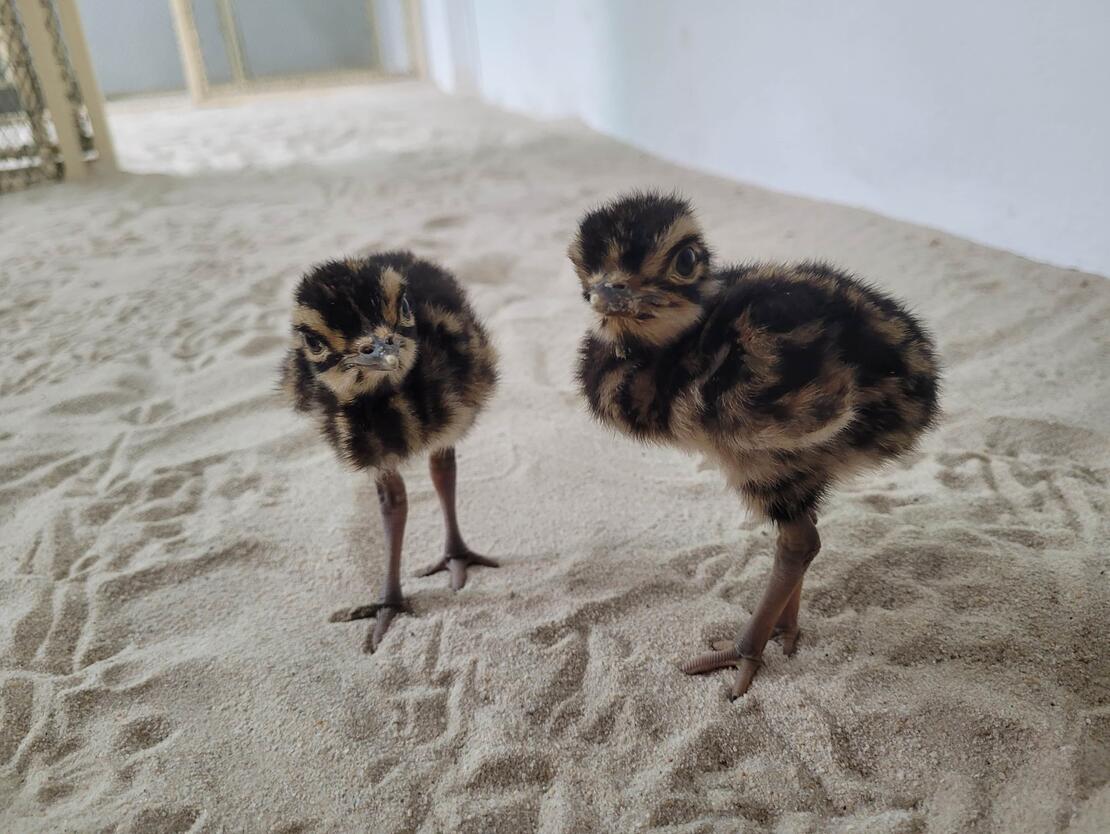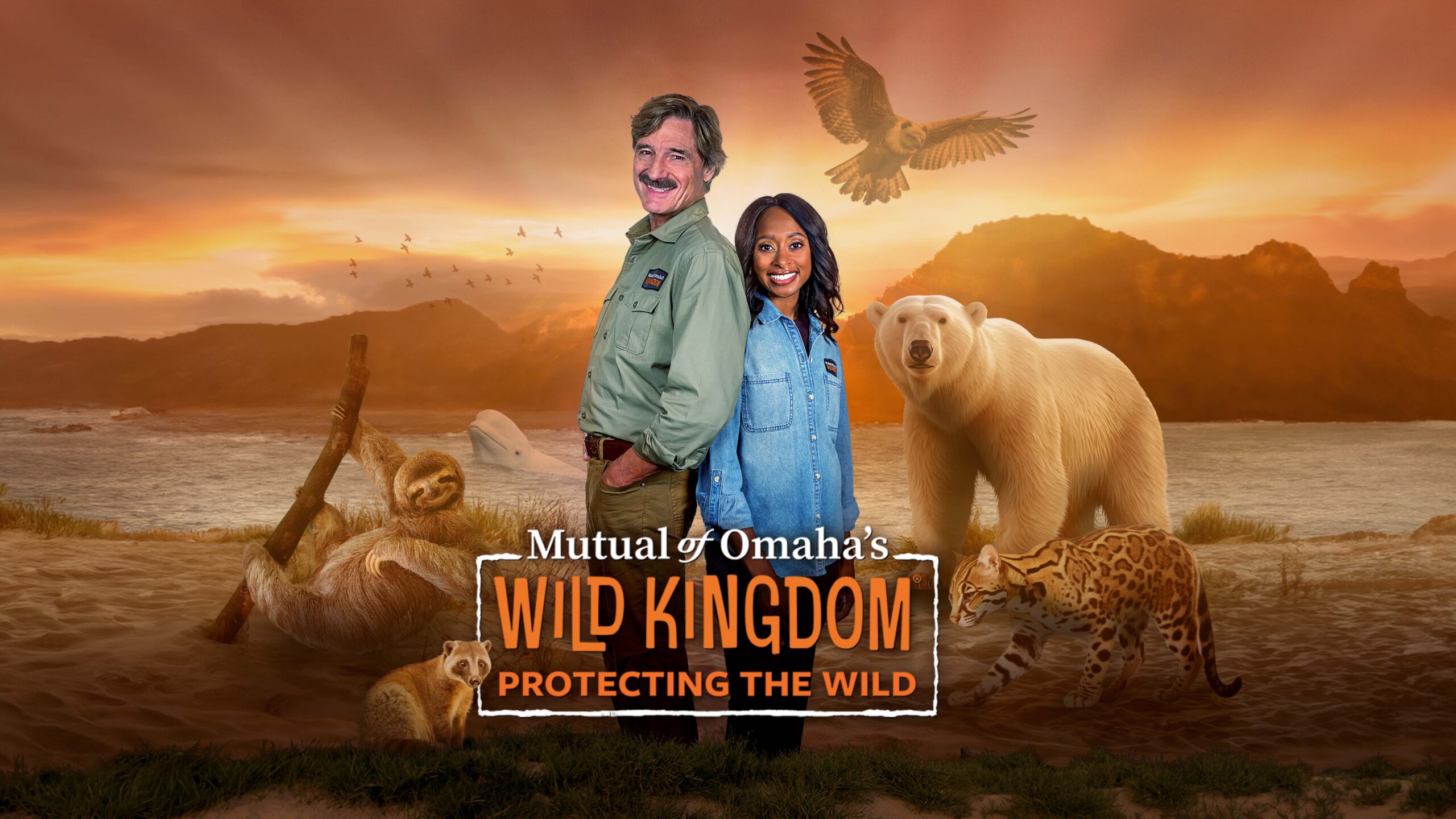PICTURED: The Lion Guardians of Ruaha from left to right, Gwagi, Darem, Stephano (coordinator), Ema, Mandela, and Daudi. Photo credit Victoria Shelly, sourced from lionguardians.org.
The Barabaig are a pastoral indigenous people of Southern Tanzania. A tall, strong, and handsome folk similar in many ways to the iconic Maasai people of Kenya and northern Tanzania, young Barabaig men have for centuries speared lions as a way of demonstrating their prowess as warriors in order to receive gifts, renown, and the attention of young women.
A relatively isolated community, initial attempts by conservationists to talk with the Barabaig after research confirmed that above-average carnivore killings took place in and around their village land proved fruitless. But according to a newsletter from the IUCN, it was a chance encounter between Barabaig warriors with dead mobile telephones, and the conservationists’ solar panel device chargers in their camp that brought about a dialogue which has changed the ecosystem around their villages for the better.
The story was released as part of the Species Conservation Action Newsletter from the IUCN, and details how engaging indigenous communities has the power to benefit man and nature in much needed ways as rural Africa is gradually brought into a 21st century world.
Preserving Tradition and Wildlife
The Ruaha Carnivore Project (RCP), named for the land upon which the Barabaig dwell, were able to open a rapport with members of the community and discuss carnivore conservation. The dialogue eventually led to some creative and exciting conservation strategies.
In partnership with the RCP, young Barabaig warriors are tasked with employing their indigenous skills to track lions in and around local communities and warn them of their presence. Predation of livestock by predators dropped, and the Barabaig trackers also helped prevent locals from killing lions through the traditional display of courage and strength.
Read Also — How Conservationists Take Advantage Of Public Perception To Save More Than Just Tigers And Pandas
Transformed from lion hunters to “Lion Guardians” warriors can now use conservation to credibly maintain their traditional role as community protectors, and still get ahead in life as they once did from the hunt.
A similar partnership is developing in northern Tanzania between the Maasai and Tanzania People and Wildlife (TPW).
In days past, the Maasai would corral their animals in enclosures made from thorny acacia bush, an iconic African tree covered in three-inch long spikes. However this long-practiced tradition was by no means predator-proof, and in Maasai culture, lion killing, rather than possessing the ritualistic nature of the Barabaig people, is primarily a act of vengeance.
For the pastoral Maasai, livestock represents the cornerstone of their indigenous economy, and if a lion snatched a goat or head of cattle in the night, the Maasai would track it down and slay it the next morning.
PICTURED: A hyena lurks in the grasslands of Kafue National Park, Zambia. Photo credit Steven DosRemedios, CC.4
Shared Spaces
The living walls concept was a conservation strategy employed by the TPW as a way of both fortifying the protective corrals where the Maasai keep their flocks, reducing Maasai-related deforestation. Instead of felling acacia trees, which destroys a vital part of the African floral ecosystem, Maasai and the TPW used living Commiphora trees, connecting them with chain-link fencing to fill any gaps and fortify the overall structure.
Together they achieved a 99% success rate in preventing livestock attacks. In fact, over the past 11 years, not a single lion has been killed at a homestead with a Living Wall. As a result, TPW reports that lion populations in areas with high densities of Living Walls are showing signs of recovery.
Yet the most ambitious of all the indigenous partnerships is to be found in Zambia.
A key tract of land that will help connect Zambia’s Kafue National Park with the rest of the Kavango–Zambezi (KAZA) Transfrontier Conservation Area remains under traditional ownership, headed by multiple tribal chiefs. The disconnection between these two areas means that wildlife suffers from poaching more than usual due to the isolation and lack of responsibility.
Connecting wildlife conservation areas is of massive benefit to the animals therein, as it allow for greater freedom of movement and therefore less impact on the lives of neighboring communities.
The “Keeping Kafue in KAZA” project sought to bring the proposition of shared-stewardship of such a massive tract of wild landscape to the four chieftains living upon it and see if convincing them to put aside their deeply-rooted boundary disputes and work together to preserve their home would be more beneficial than modern stewardship.
This was exactly what the tribal chiefs agreed to do. Putting aside their disputes they came together, naming the project ‘Inyasemu’ – a construct of the four chiefdom names. Six months in, momentum is picking up with the chiefs touring all four chiefdoms to jointly present the project to their communities.
In Africa, as well as elsewhere, engaging local knowledge and tradition into wildlife managing strategies often reaches success that other strategies cannot. Indigenous languages, customs, and ways of life are just as valuable as the landscapes they exist on; for one cannot be complete without the other.




